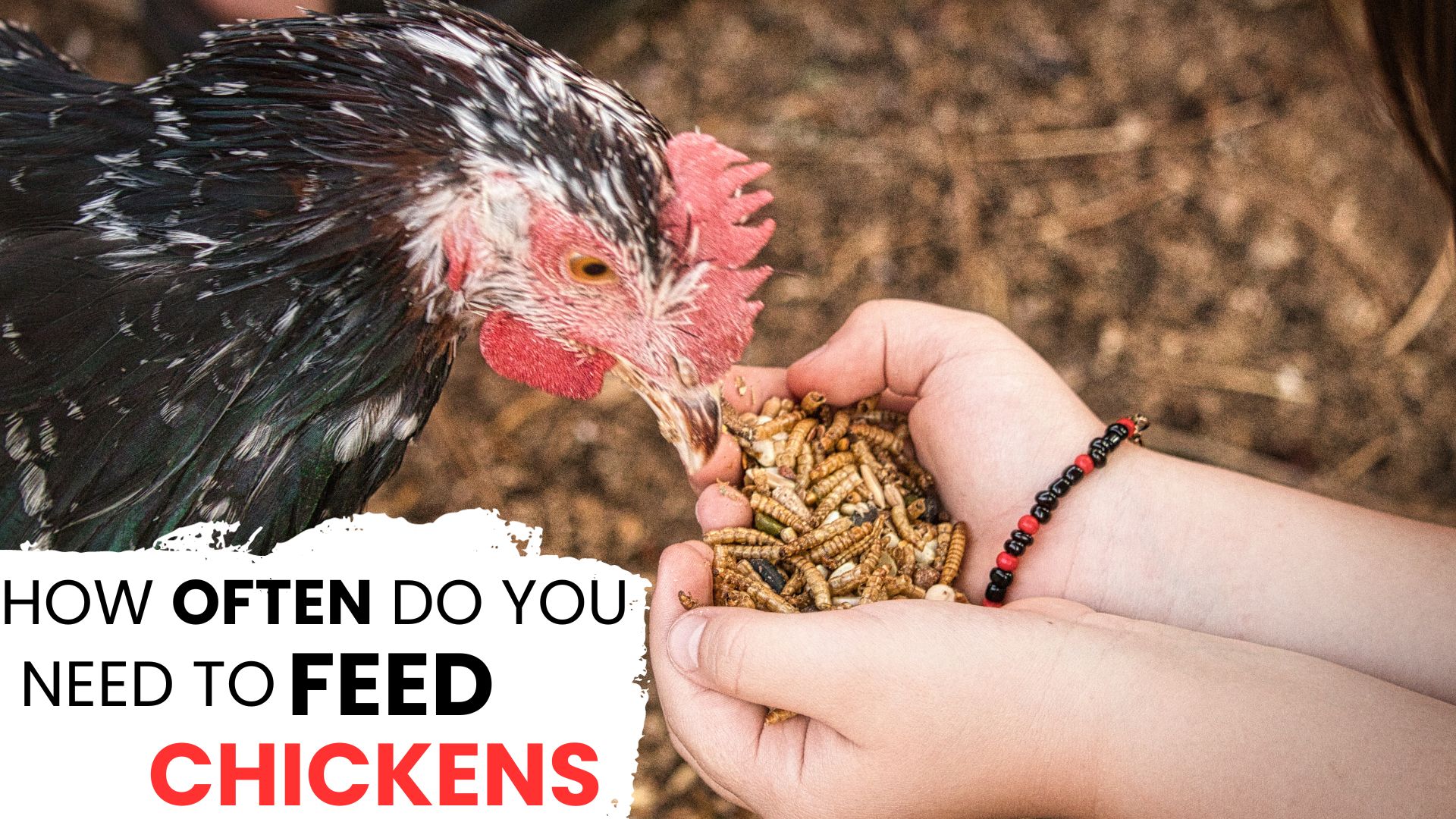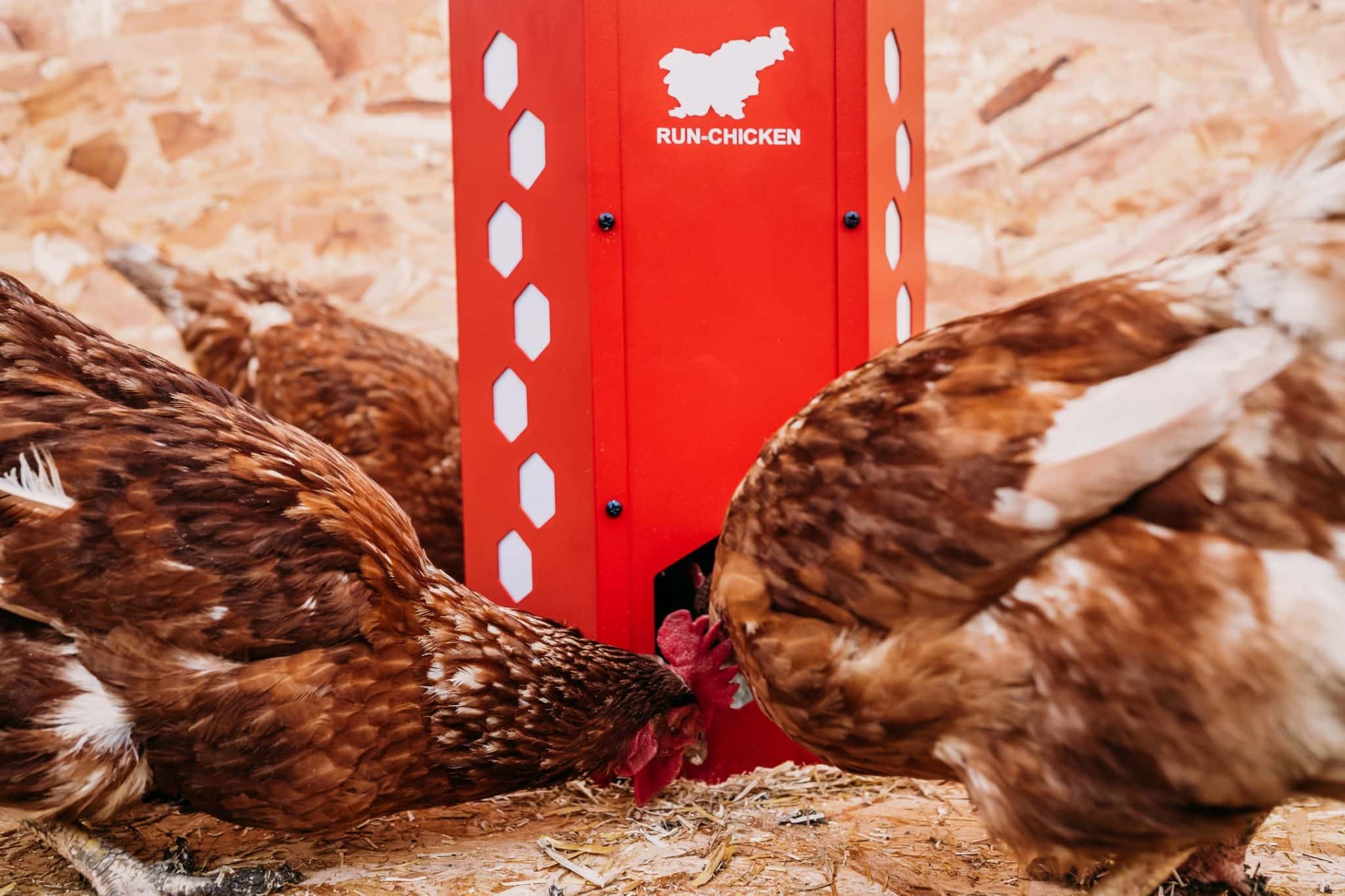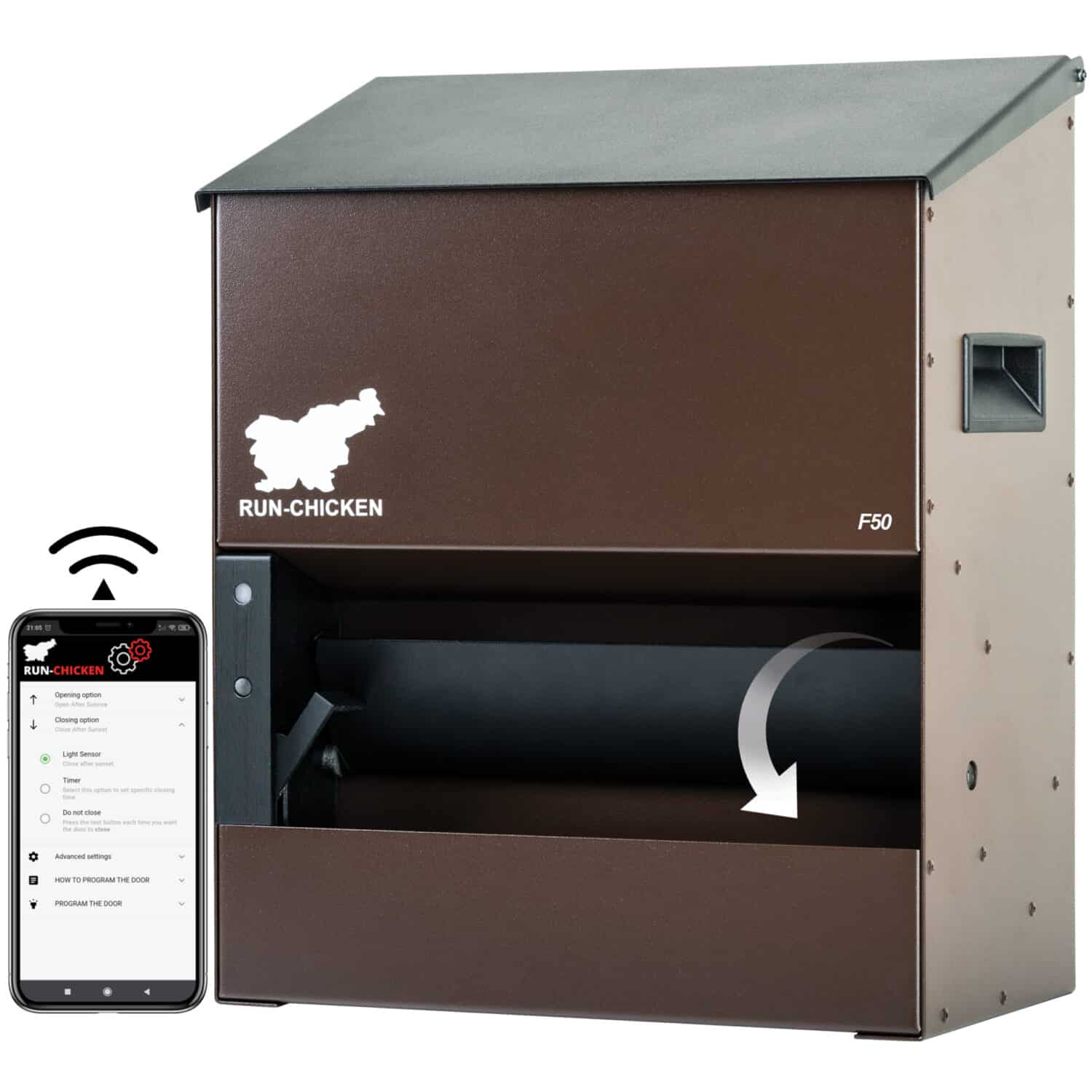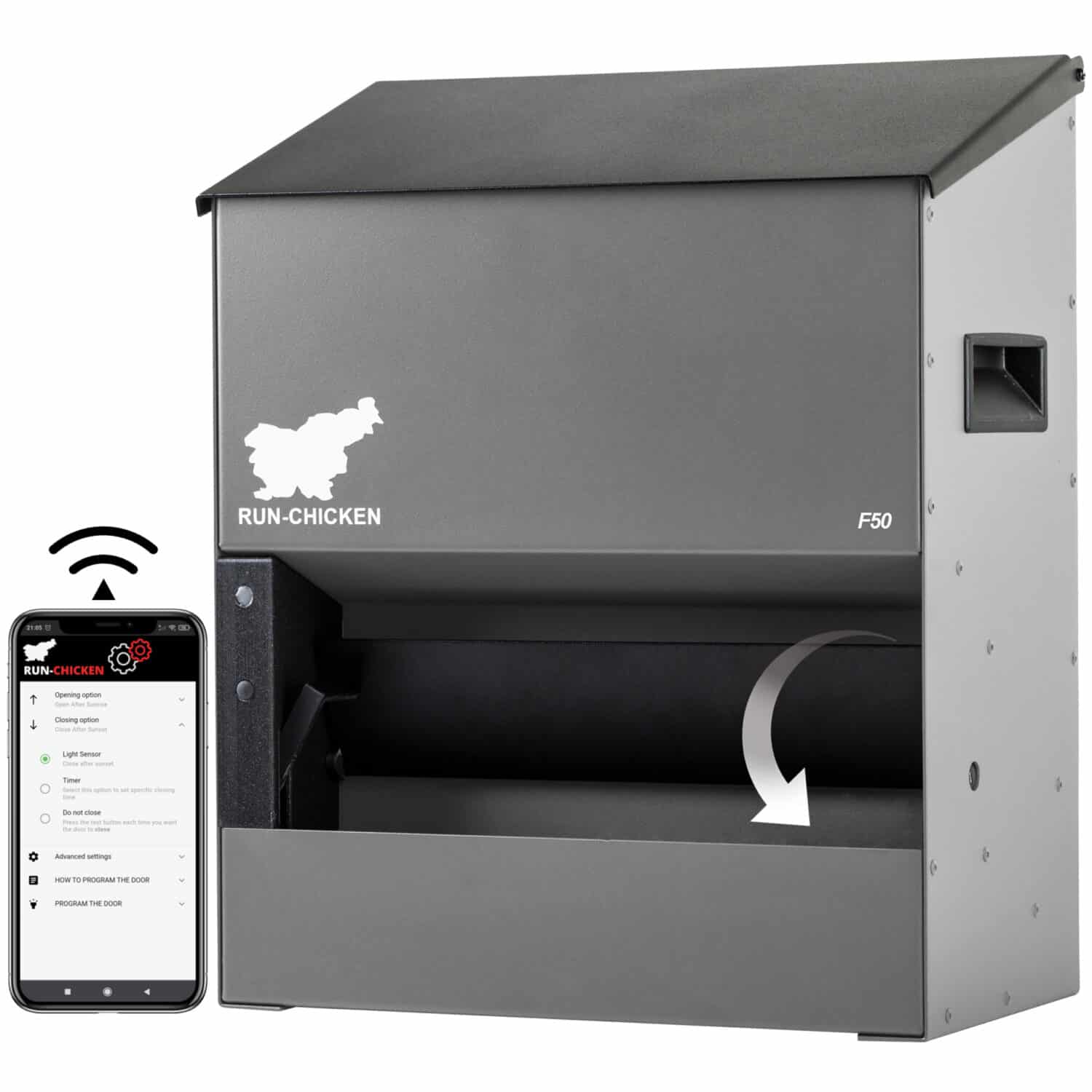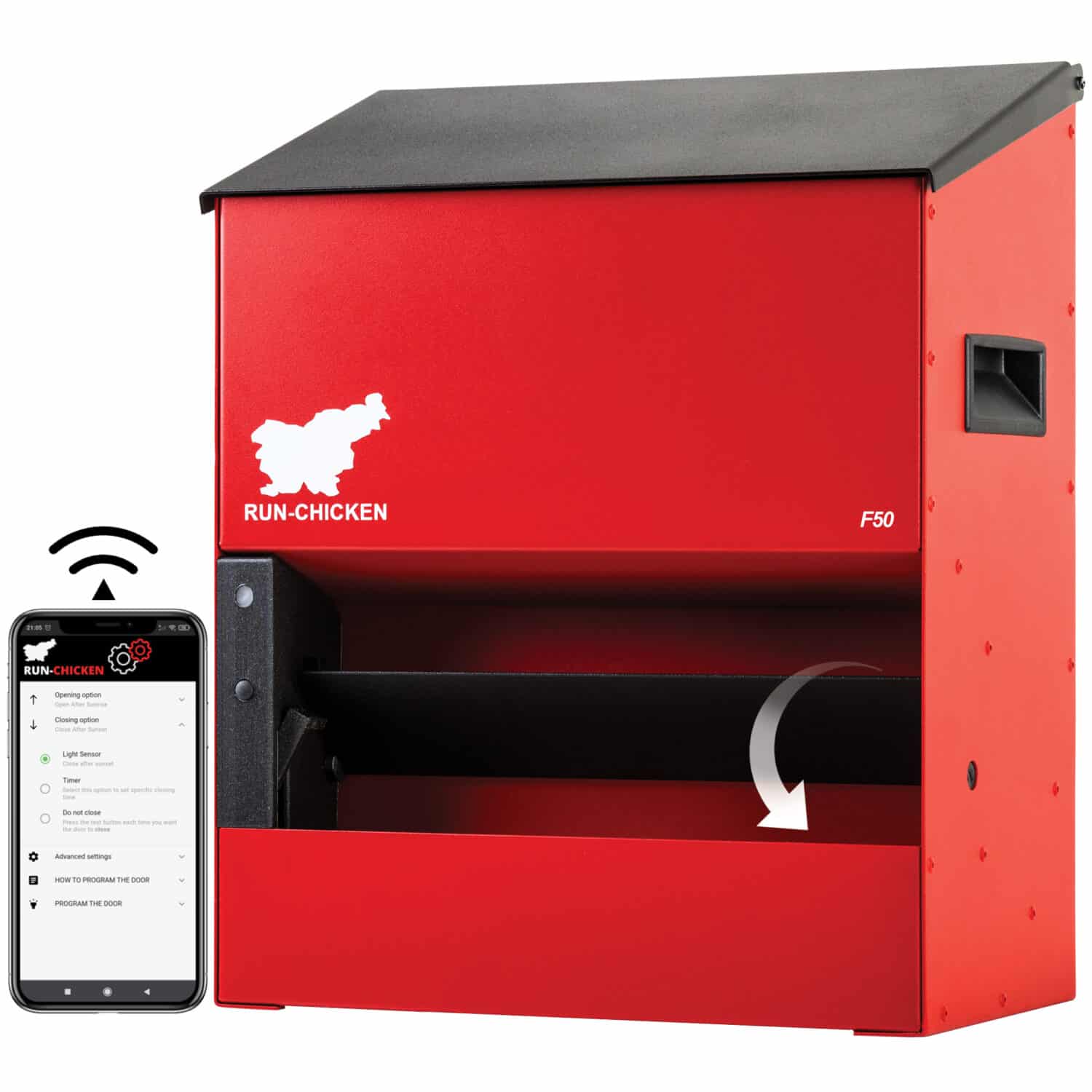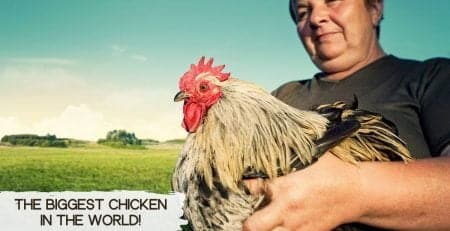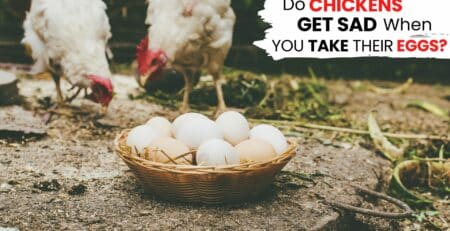The well-being of your chicken flock is a priority for any poultry enthusiast. To ensure your feathered friends thrive, it’s essential to understand the ins and outs of their dietary needs. One crucial aspect of chicken care is knowing, how often do you need to feed chickens? Well, let’s find out!
How Hungry Are Your Hens?
The feeding frequency for your chickens can depend on several factors, and their appetites might not be as predictable as you think. Chickens are omnivores, which means they’ll eat just about anything that comes their way. However, their age, activity level, and the season can all affect how much they need to eat.
The Breakfast Club: Start Your Day Right
Chickens, like many of us, appreciate a good breakfast to kickstart their day. A morning meal is especially important, as it gives your hens the energy they need for a full day of pecking around and laying eggs. Generally, it’s recommended to provide your feathered friends with a portion of their daily feed in the morning.
Lunch On The Way
While breakfast is a must, lunch is also important for chickens. Chickens have a habit of foraging and snacking throughout the day. If you have free-range chickens, they’ll likely find insects, plants, and seeds to munch on as they scratch around the yard. If your cluckers are in a confined space, you can toss them some treats or supplemental feed at midday, but they’ll manage just fine without it.
Dinner Time: A Nightcap for Chickens
Just like breakfast and lunch, dinner is a key mealtime for your chickens. Providing them with a hearty dinner in the evening ensures that they have a full crop to digest during the night. A well-fed chicken is a happy chicken, and happy chickens lay more eggs!
Snack Attack: Treats and Supplements
In addition to their regular meals, chickens can enjoy a variety of treats and supplements. These can be given throughout the day, but it’s essential not to overdo it. Overindulgence in treats can lead to obesity and nutrient imbalances. Some healthy treats for chickens include fruits, vegetables, grains, and even mealworms. Just remember, moderation is key.
The Age Factor: Feeding Chicks vs. Feeding Layers
The age of your chickens plays a significant role in determining how often they should be fed. There’s a marked difference between feeding chicks and feeding layers.
Feeding Chicks:
- Frequency: Young chicks need to eat frequently. Provide them with food at least four to six times a day during their first few weeks of life.
- Feed Type: Chicks require a specially formulated chick starter feed to support their rapid growth and development. This feed contains higher protein levels than regular chicken feed.
Feeding Layers:
- Frequency: Adult hens typically need to be fed once in the morning and once in the evening.
- Feed Type: Layers should be given layer feed, which is formulated to provide the essential nutrients required for egg production. You can also provide oyster shells or crushed eggshells to ensure they get enough calcium for strong eggshells.
The Seasons of Appetite: How Weather Affects Feeding
Just like humans, chickens’ appetites can be influenced by the weather. In hot weather, chickens might eat less, as they’re expending energy to stay cool. On the other hand, during cold winter months, they may eat more to generate body heat. It’s essential to be observant and adjust their feed accordingly.
During the spring and fall seasons, when temperatures are more moderate, your chickens’ appetites may remain consistent. However, it’s still important to regularly monitor their food intake and adjust as needed.
Another factor to consider is the molting season. Molting is a natural process where chickens shed old feathers and grow new ones. During this time, their bodies require extra nutrients to support feather growth. You may need to increase their feed or provide them with supplements during the molting season.
Types of Chicken Feed You Can Give
When it comes to feeding your chickens, there are several options for chicken feed available on the market. Each type of feed is formulated with different ingredients and nutrient levels to cater to the specific needs of your feathered friends.
Starter Feed:
Starter feed is designed specifically for young chicks as their first source of nutrition. It typically contains high levels of protein (around 20-22%) and essential vitamins and minerals to support their rapid growth and development.
Layer Feed:
This type of feed is specially formulated for adult hens that are laying eggs. Layer feed contains lower protein levels (around 16-18%) but higher calcium levels to support egg production and strong eggshells.
Grower Feed:
Grower feed is meant for adolescent chickens who are transitioning from starter feed to layer feed. It contains a moderate protein level (around 18-20%) and is suitable for both meat birds and egg-layers.
Scratch Grains:
Scratch grains are a mix of cracked or whole grains such as corn, wheat, oats, and barley. They can serve as a supplemental treat for your chickens, but they should not be the main source of their diet.
Kitchen Scraps:
In addition to commercial chicken feed, you can also provide kitchen scraps as treats for your feathered friends. Just make sure not to give them anything spoiled or moldy, as this can cause illness in chickens.
Simplify your Chicken Feeding With the RUN-CHICKEN Feeder F50
In our busy lives, sticking to a chicken feeding schedule can be tough. The RUN-CHICKEN Feeder F50 has you covered, ensuring your chickens are fed without you rushing to the coop at dawn. Its automatic mode, based on a light sensor, opens and closes the feeding tray with the sun, giving busy chicken keepers flexibility.
Customize feeding times with the user-friendly app or button interface. No more early mornings unless you prefer it. This feeder adapts to your lifestyle, so you’re in control.
With a 25 lb capacity, it can feed 10 chickens for up to ten days. Say goodbye to daily refills. Plus, it minimizes food spilling, keeping your coop clean.
Made from durable aluminum, this feeder can withstand outdoor conditions. It comes pre-assembled, can be placed on the ground, fence, or wall, and is easy to clean. It also keeps unwanted pests away, ensuring your chickens can eat in peace.
Feeder
RUN-CHICKEN Feeder F50 (Brown) – Automatic Chicken Feeder (Battery Operated)
Original price was: $229.99.$169.99Current price is: $169.99.SPECIAL PRE-ORDER PRICE!
Battery Operated Automatic Chicken Feeder
Automatic Mode – Keep your feathered friends healthy and happy by providing them with a consistent and accessible source of food. With a built-in…
PRE-ORDERQuick LookRUN-CHICKEN Feeder F50 (Gray) – Automatic Chicken Feeder (Battery Operated)
Original price was: $229.99.$169.99Current price is: $169.99.SPECIAL PRE-ORDER PRICE!
Battery Operated Automatic Chicken Feeder
Automatic Mode – Keep your feathered friends healthy and happy by providing them with a consistent and accessible source of food. With a built-in…
PRE-ORDERQuick LookRUN-CHICKEN Feeder F50 (Red) – Automatic Chicken Feeder (Battery Operated)
Original price was: $229.99.$169.99Current price is: $169.99.SPECIAL PRE-ORDER PRICE!
Battery Operated Automatic Chicken Feeder
Automatic Mode – Keep your feathered friends healthy and happy by providing them with a consistent and accessible source of food. With a built-in…
PRE-ORDERQuick Look
Final Words
Understanding how often to feed your chickens is a key aspect of responsible poultry keeping. A well-planned feeding schedule ensures that your feathered friends stay healthy, content, and productive. From breakfast to dinner, a proper routine can make a world of difference in the coop.
For those who lead busy lives and seek convenience, the RUN-CHICKEN Feeder F50 is the answer. With its automatic feeding feature, customizable settings, ample food capacity, and robust design, it simplifies the daily care of your chickens. You can enjoy peace of mind knowing that your hens will be well-fed, even during your busiest days.

